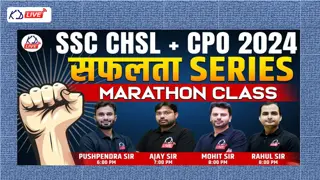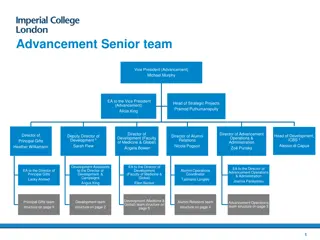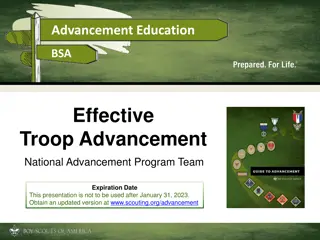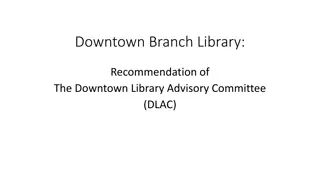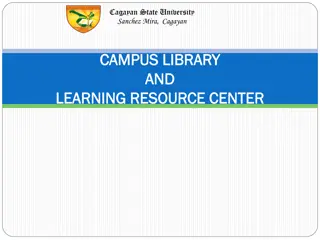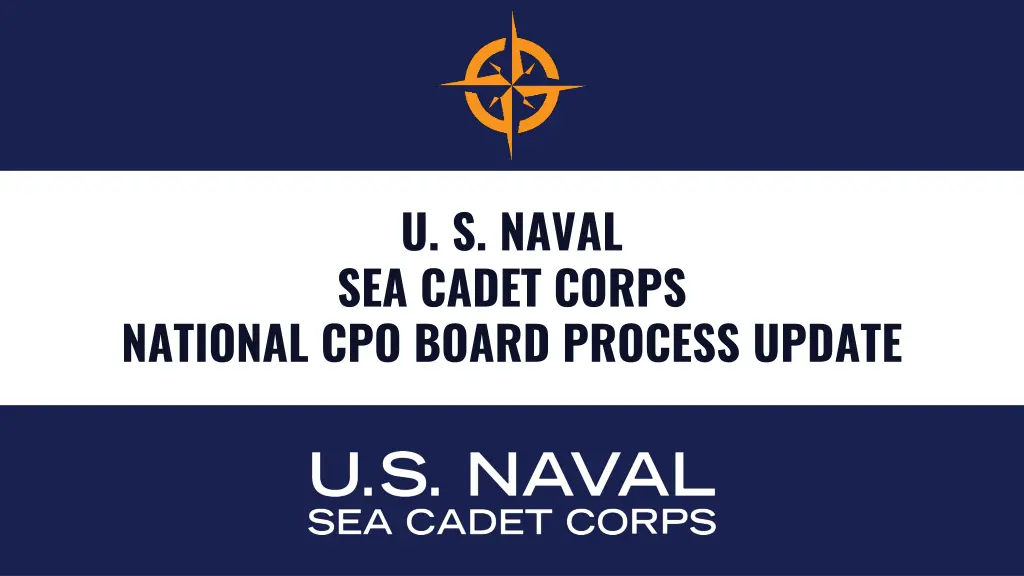
Evolution of the U.S. Naval Sea Cadet Corps National CPO Board Process
Explore the evolution of the U.S. Naval Sea Cadet Corps National Chief Petty Officer (CPO) Board process, highlighting improvements in transparency and efficiency. Discover how the board time has been reduced, feedback reports sent to unsuccessful candidates, and adjustments made to board staffing requirements. Dive into the process format involving communication with key personnel, scheduling of eligible candidates, and the execution of the boards. Uncover challenges faced, such as summer training commitments for CPOs and addressing burnout among chiefs and divisional representatives.
Download Presentation

Please find below an Image/Link to download the presentation.
The content on the website is provided AS IS for your information and personal use only. It may not be sold, licensed, or shared on other websites without obtaining consent from the author. If you encounter any issues during the download, it is possible that the publisher has removed the file from their server.
You are allowed to download the files provided on this website for personal or commercial use, subject to the condition that they are used lawfully. All files are the property of their respective owners.
The content on the website is provided AS IS for your information and personal use only. It may not be sold, licensed, or shared on other websites without obtaining consent from the author.
E N D
Presentation Transcript
U. S. NAVAL SEA CADET CORPS NATIONAL CPO BOARD PROCESS UPDATE
2 WHY The first National CPO Board was held on 21 April with monthly boards held every third Saturday of the month with the exception of August. Since the first National CPO Board the process has evolved to be more transparent and efficient.
Evolved Process - Board time reduced from 45 to 30 minutes - AC and RD now known and seen on camera - Feedback reports sent to PO1s that don t pass and their COC - CPO requirement to staff a board changed from at least 6 months TIG to also allow CPOs with at least 4 months and staffed a training as a CPO. 3
Process format - Contact all RD/Chiefs mid month the month before the board to ascertain their availability - First Friday of each month CO s last day to recommend PO1 for that month s board - First Saturday of the month eligible PO1s are scheduled for upcoming CPO Board - Emails sent to AC/RD/CO and their PO1 that are scheduled to board this month 4
Process format continued - Second Wednesday of each month RD and CPOs meet to determine board makeup - Email sent to AC/RD/CO and their PO1 with exact times and zoom link - Third Wednesday required CPO Board training for new participants - Third Saturday execute the boards - Fourth Monday send board feedback results for those that did not pass to PO1 and their CO/RD/AC. 5
Challenges encountered 1. Summer training commitments for CPOs - Low number of CPOs available leading to only 12 PO1s to be boarded in the month of June and July. - Backlog took two boards in August to eliminate. 6
Challenges encountered continued 2. Chief and RD burnout - Majority of initial CPOs were senior and have aged out of the program - A small cadre of CPO volunteers have shored up CPO participation monthly - Constantly working on getting CPOs and RDs to participate
Future Expectations - Identify and contact all eligible CPOs - Establish a pool/list of CPOs and RDs. - Develop a three month participation rotation on the CPO Board. - Establish expectations for CPOs to mentor PO1s on CPO Board process involvement 8
How have we done - 124 PO1s have been boarded - 73 percent of PO1s passed - 27 percent of PO1s have not passed on their first attempt 9


